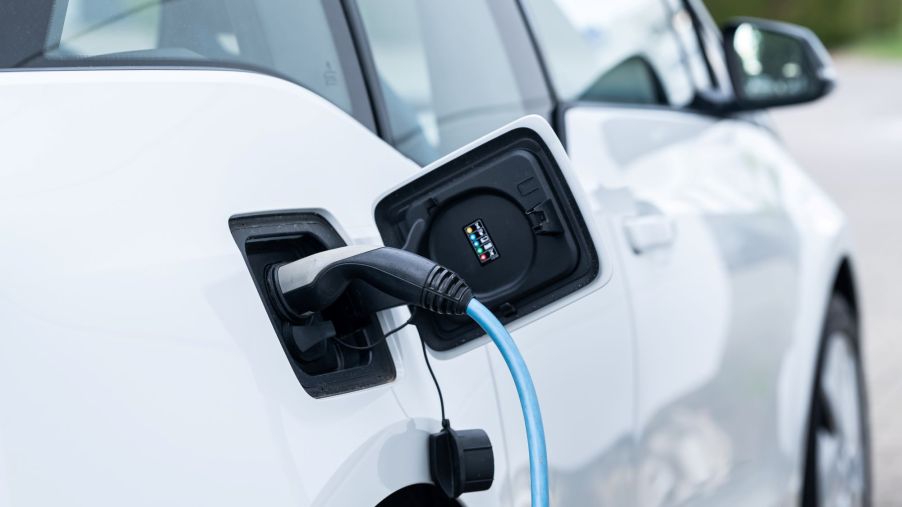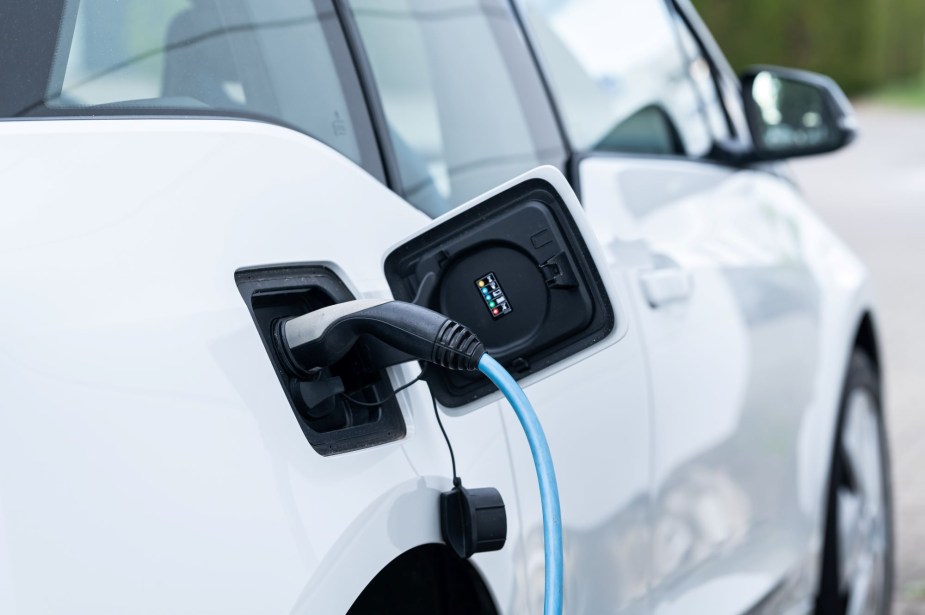
The West Is a Major Problem When It Comes to EV Infrastructure
The world is beginning to fight back against climate change. One way it’s doing that is by switching over to EVs. However, one of the significant issues the switch is creating is regarding the EV infrastructure. Unfortunately, for the millions of Americans living in the West, the region will be a significant problem in terms of EV infrastructure.
There will be a massive surge in demand for EVs

As more people become affected by climate change, there is a realization that the time to do something about climate change is now. This line of thinking applies to the average person and politicians running the country. The demand for EVs will continue climbing until the inevitable switch from gas to electric happens as a result.
EVs like the Chevy Bolt shows an EV can be relatively affordable. The government is also incentivizing the switch by giving tax credits to specific EV owners and manufacturers. That being said, this drive toward an EV future isn’t just from the desire of average people wanting to buy an EV. Many governments have already set a date for when the sale of new gas-powered cars will be banned, and only EVs will be allowed.
That date varies depending on the government, with 2035 being a common deadline. With the deadline approaching, companies and governments are scrambling to build out the EV infrastructure necessary for a world full of EVs. Unfortunately, governments will have a big problem tackling the issues in the American West.
The Western U.S. will be a big problem for EV infrastructure
According to Forbes, the main problem with the West is its size and population. The Eastern U.S. is full of cities and people. While there are certainly some empty areas in the Eastern U.S., folks won’t have to drive far before entering a town. This is great for EV infrastructure, as those towns can easily host an EV charging station.
This is not the case with the Western U.S. There are, of course, some heavily populated areas like LA, Las Vegas, and Phoenix, but between those major metro areas, there’s a whole lot of nothing in a lot of instances. This makes installing EV infrastructure difficult, but there’s more.
According to Forbes, Western states like North Dakota, Utah, and Wyoming have a combination of features that make EVs more challenging to adopt than compared to the Eastern U.S. Thanks to their vast swaths of land, high elevations, and temperature extremes, the range of an EV will be degraded more than usual. As such, many EV chargers will be needed. However, due to the long distances between highly populated areas, there are not many good places to put them.
There is a solution
While much of the Western U.S. is desolate nothingness, it’s a great place to install renewable energy like solar panels or wind farms. These renewable energy sources could then be used to keep charging stations running reliably and cleanly.
The government is also well aware of this issue. As Forbes wrote, eight Western states banded together to coordinate building a charging network amongst themselves. Obviously, the massive EV infrastructure investment from the federal government will also help pay for those charging stations. Furthermore, new technologies like mobile charging of cars or improved battery range can help solve this problem as well.



